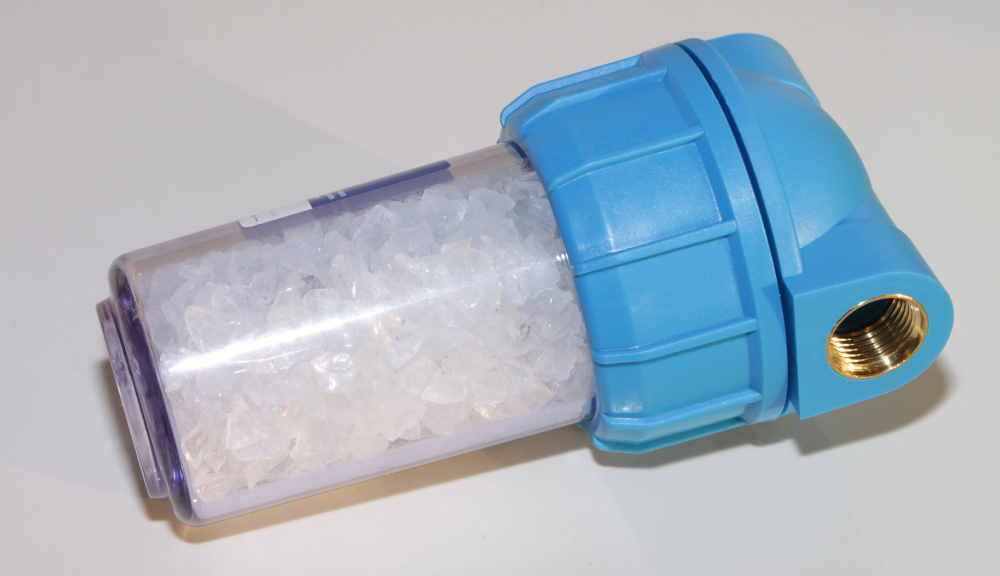Sediment in well water is a common problem for many people who rely on well water for their everyday needs. Sediment can come from a variety of sources, including mineral deposits, clay, silt, sand, and organic matter like leaves, twigs, and other debris. While small amounts of sediment can generally be tolerated, too much of it can make the water cloudy, taste bad, and cause plumbing problems.
Fortunately, there are a few ways to remove sediment from well water. The most common methods are mechanical filtration, chemical precipitation, and reverse osmosis (RO).
Well water filtration
Mechanical filtration is the process of passing water through a filter material that traps sediment before they can reach the point of use. This method is generally the most affordable and is effective at removing particles larger than 1 micron in size. It is also easy to install and requires minimal maintenance. However, it is not recommended for removing dissolved minerals or organic materials.
Chemical treatment for well water
Chemical precipitation is the process of adding an agent such as alum to the water, which causes the minerals and particles to settle out of the water. This method is effective for removing dissolved minerals and particles larger than 2 microns in size. However, it does not remove organic materials and can create a residue in the water.
Well water and Reverse osmosis
Reverse osmosis (RO) is the process of forcing water through a membrane that removes particles and minerals from the water. This method is effective for removing particles as small as 0.001 microns, making it ideal for removing dissolved minerals and organic matter. It is also more expensive than mechanical filtration and chemical precipitation, and the membranes need to be replaced regularly.
What is good water quality for drinking water? Good drinking water should be clear and odorless, with no suspended particles or sediment. It should not contain any contaminants or chemicals and should have a neutral pH level. Additionally, it should have a low total dissolved solids (TDS) level, typically less than 500 parts per million (ppm).
No matter which method you choose, it is important to have your water tested regularly to ensure that it is safe to drink. Depending on your water quality, you may need to combine two or more of the above methods in order to effectively remove sediment from your well water.
Conclusion
Whichever method you choose, it is important to maintain the equipment regularly and to replace filters and membranes as necessary. This will ensure that your well water is free from sediment and other contaminants and safe for you to use.
